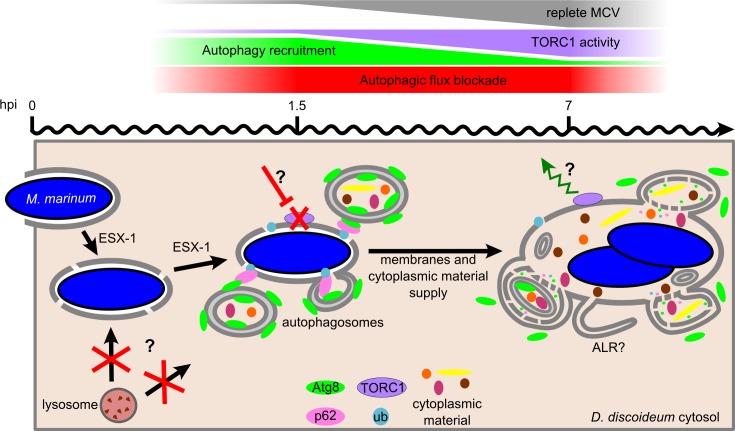Fig 8. Model of the D. discoideum autophagic response during M. marinum infection.
Early after engulfment, M. marinum damages the membrane of its MCV in an ESX-1-dependent manner. Membrane perforations might block lysosome fusion and, consequently, autophagic flux. In addition, ESX-1 inhibits TORC1 activity early during infection (1.5 hpi), presumably through a nutrient-sensing pathway as described for other bacteria [75–77]. Downregulation of TORC1, which is always bound to the wt MCV membrane, induces the formation of autophagosomes that somehow repair the membrane damages and provide the MCV with cytoplasmic material. TORC1 re-activation at 7 hpi leads to the decrease in autophagosome formation and recruitment to the MCV, and enhances the blockade of the autophagic flux, which generates proto-lysosomal tubules (ALR). The block in autophagic flux prevents bacteria killing in autolysosomes and degradation of membranes and cytoplasmic material delivered to the MCV via the recruited autophagosomes.

